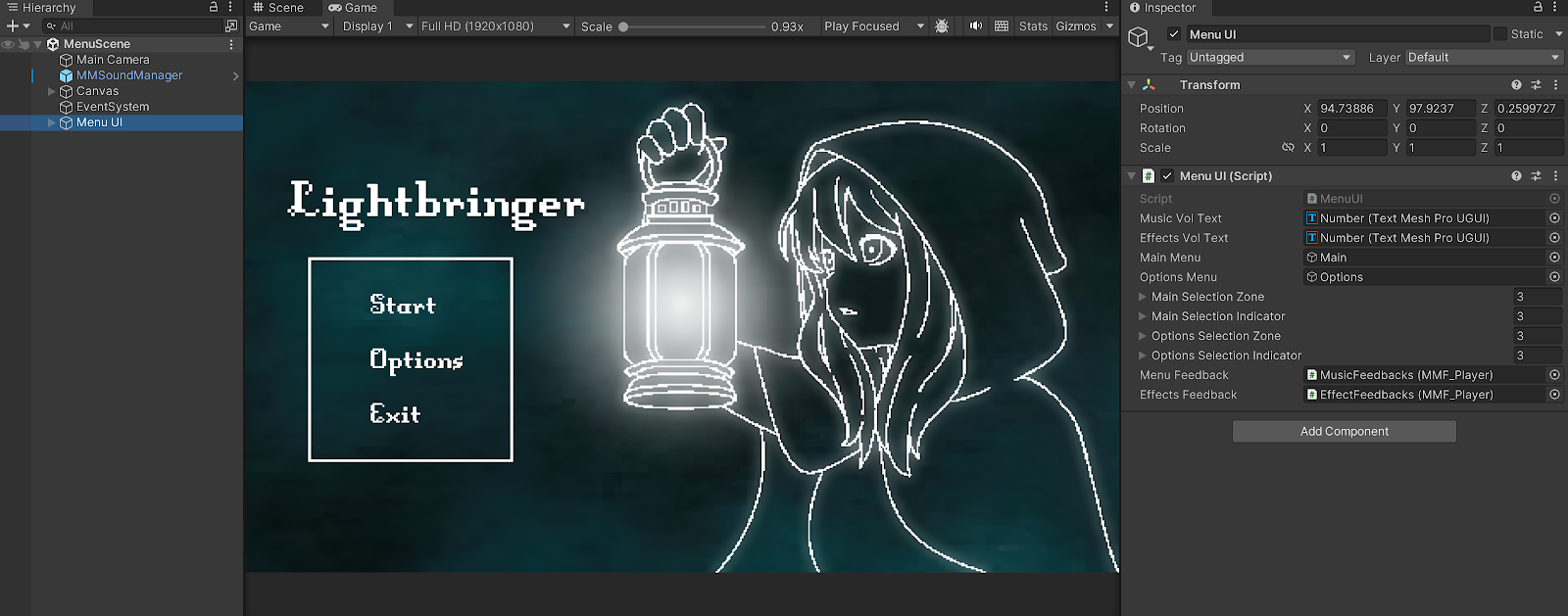Digital Photography and Imaging / Week 4
08.05.23 / Week 4
Name: ALYSSA AISYAH BINTI 'ARIEF NASRAN (0364017)
BDCM
Digital Photography and Imaging (GCD61204) / Section 1
LECTURES
Introduction to Photoshop 3
Adjustment Layers & Filters
In this week's lecture we learned about adjustment layers and filters. Adjustment Layers in Photoshop are powerful tools for non-destructive image editing, they allow you to make color and tonal adjustments without permanently altering the image's pixels and the flexibility of adjustment layers enables you to edit, discard, or restore adjustments at any point, enhancing your workflow efficiency. Understanding and utilizing adjustment layers is essential knowledge for working effectively in Photoshop.
Basic Understanding of Adjustment Layer
By adding an adjustment layer in Photoshop, a new layer is created on top of the image. A 'properties' panel corresponding to the selected adjustment type will appear, enabling you to customize the adjustment layer and make changes to their image accordingly.
- Brightness / Contrast
Brightness / Contrast makes adjustments to the tonal range of your image. The brightness slider is for adjusting the highlights in your image and the Contrast slider is for adjusting the shadows in your image.
- Level
Levels modify the tonal values in an image by adjusting the levels of the shadows, midtones, and highlights. It’s one of the most used tools in the adjustment layer panel, and using just a touch of levels will go a long way in correcting images.
- Curves
Curves let you adjust as many points as you want throughout the entire tonal range of your image, and is the most powerful and precise tool for editing the tones in an image.
- Exposure
Exposure lets you adjust exposure levels with three sliders: Exposure, Offset and Gamma.
Exposure will adjust only the highlights of the image, Offset adjusts the mid tones and Gamma will adjust the dark tones only.
- Selective Colour
The Selective Color adjustment layer selectively modifies the amount of a primary color without modifying the other primary colors in your image.
Filters
Using filters to edit photos is an essential element of Photoshop. There are filters to change colour, add blur or create completely new image effects. Photoshop offers a virtually unlimited variety of filters for this purpose.
Below is a video we were given to watch about filters in Photoshop and how to edit and use them successfully.
TUTORIAL
Vital Tools and Project 1
Matching lighting, Adjustment Layers, Filters
In this weeks tutorial we were briefed about our project 1 and went through 3 different videos that demonstrated how to match lighting, manipulate the adjustment layers/filters, and additionally how to remove a background from a subject in an image, and start using the pen tool.
INSTRUCTIONS
PRACTICAL
Digital Collage
Fig 1.0 Digital Collage Before Adjustment
Fig 1.1 Digital Collage After Adjustment
Description: I adjusted the hue and saturation of the buildings, fish, and street. I also applied some colour balance and adjusted hue and saturation as well as the brightness and contrast of the overall design, the aim was to make a more “cooling effect” with winter-esque colours. I learned how to adjust the colours of a picture in photoshop and how to make it look visually appealing, it should not be overwhelming, and the colours should make sense with the design and complement/balance each other out in separate elements for the whole design to look cohesive.




Comments
Post a Comment